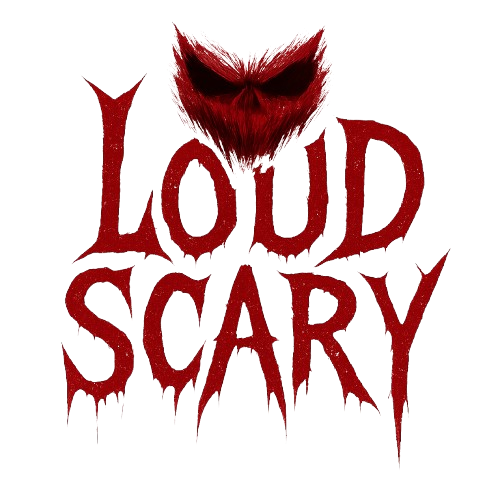Why Silence Can Be More Terrifying Than Screams in Horror Stories
 |
| Terrifying Than Screams in Horror Stories |
Silence can be worse than screams because it makes the mind do the heavy lifting, and the mind rarely plays fair. In horror stories, quiet isn’t calm; it’s a pressure change, a held breath, a room that feels just a little too watchful to be empty. Screams tell the audience what’s happening; silence only tells them that something is about to, and that open space is where dread breeds best.
Why silence unsettles
People are wired to notice when normal noise drops out the refrigerator hum quits, the wind dies, even the pipes stop their usual complaining. That wrong kind of quiet flips the body into a listening stance, scanning for threat, and the longer it hears nothing, the more it hears everything else: heartbeat, swallow, the dry drag of a sleeve. Screams clarify; silence blurs the edges until the danger could be anywhere, which is exactly when it feels like it’s everywhere.The release vs. the hold
A scream is a spike loud, shocking, over fast and it gives the brain a label: attack, pain, panic, run. Silence is a slow clamp. Time stretches. The mind starts playing “what if” and won’t stop: what if the hallway is longer than it should be, what if the door across the room is open a hair more than it was, what if something is waiting and it already knows the routine here better than the person who lives in the house. That patient compression no payoff yet keeps nerves burning without relief.Making the room complicit
Quiet can work like architecture in horror, shaping where attention goes and where it won’t. Thresholds doorways, stairwells, narrow halls tend to swallow sound, so the world feels padded, muffled, a little too private. Familiar spaces turn slippery at night: a living room becomes a stage with curtains drawn; windows become black mirrors; the landing feels farther away than it did an hour ago. Nothing supernatural is required for any of that, which is part of why it gets under the skin.The rhythm of dread
Silence is a timing device as much as a mood writers stretch it, then snap it. A pause long enough to make a reader lean forward, and then one soft intrusion: a latch lifting, a board complaining, a name breathed from the wrong part of the room. Because the baseline has been lowered to near zero, even a small sound feels violent; it lands like a hand on the shoulder when no one should be home.How it feels in the body
For silence to scare on the page, it has to be physical, not abstract. Describe the air as stale or cold against the gums; let a character’s swallow sound too loud inside the skull; let fabric rasp in the quiet like sandpaper. Small things do the most damage: a lamp shade that trembles from footsteps that didn’t happen, dust motes drifting in a doorway the character hasn’t crossed yet, the tick that stops mid‑tick.A quick snapshot, because examples are sticky: the apartment goes still mid‑hum, like a plug pulled from the wall; the person realizes their breathing is the only moving part; they wait a second too long before turning the head and nothing there, which somehow feels worse than something.
Voices cut down to the bone
When characters get scared, their speech collapses whispers, clipped self‑instructions, little bargains with the dark. Don’t move. Don’t talk. Listen. That inner voice gets bossy and practical, until it breaks pattern with one stray thought that shouldn’t feel like the character’s at all: It’s closer than the door. Brief, flat lines like that read like jolts because they don’t try to sell themselves; they just land.Home at night, when it isn’t
Domestic and nocturnal liminality is where silence does the most damage after midnight, in the hallway between the bedroom and the bathroom, at the top of the stairs where the light switch is on the wrong side. The ordinary rules fail there: the house that clicks and clanks all day goes quiet like it’s listening back, and that’s when a person realizes how long they’ve walked these rooms on autopilot. Familiarity turns thin; safety doesn’t feel guaranteed; the blank spaces in the floorplan start to matter.Practical ways to use it
- Control pacing: build long, steady quiet and puncture it with one precise sound, not a pile of them.
- Layer senses: make silence show up as weight, still air, static hair on the arms—not only as “no sound”.
- Keep dialogue minimal and necessary; let whispered lines carry more risk than volume ever would.
- Tease the payoff: promise noise, delay it, or withhold it completely and cut the scene on the held breath.

.png)